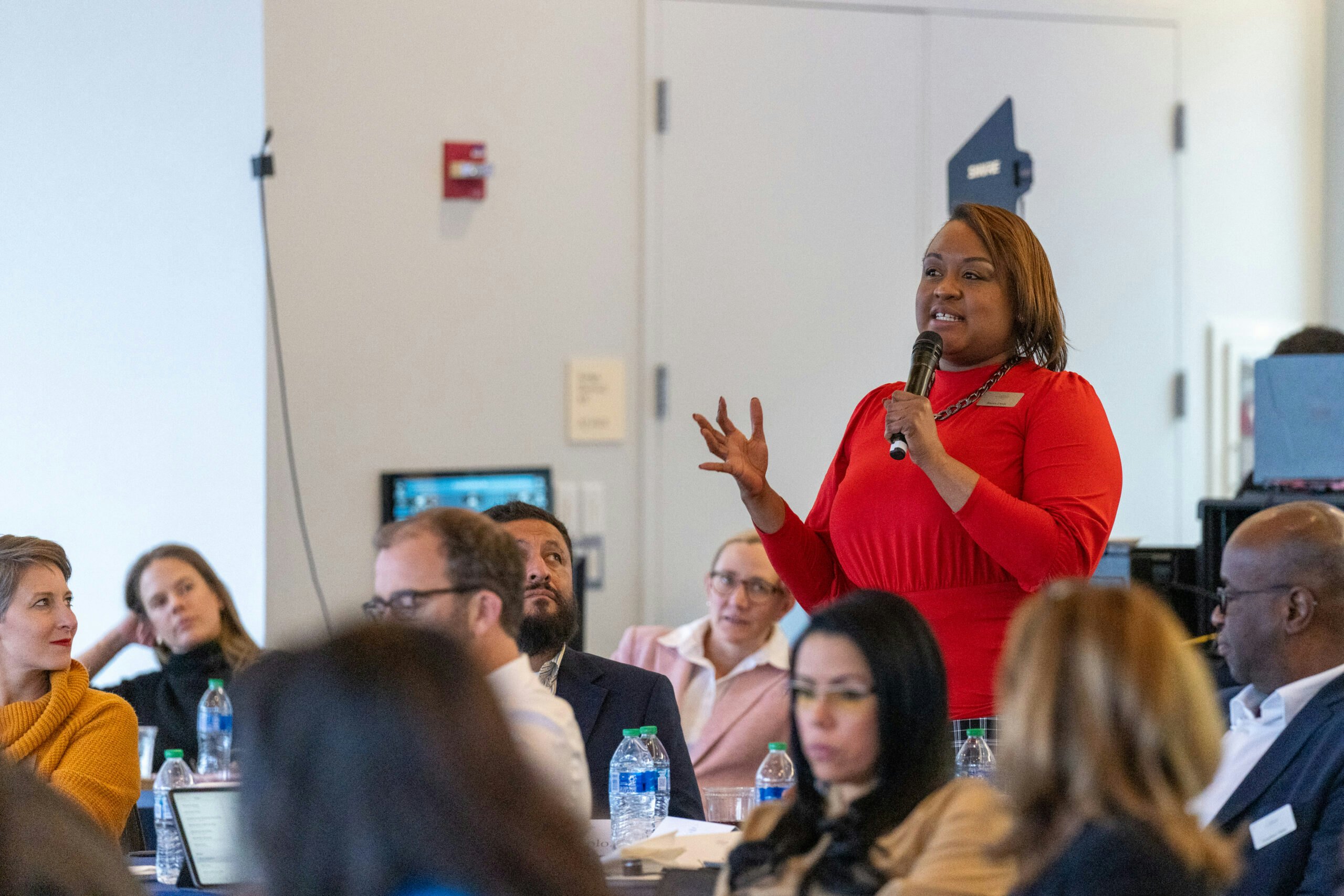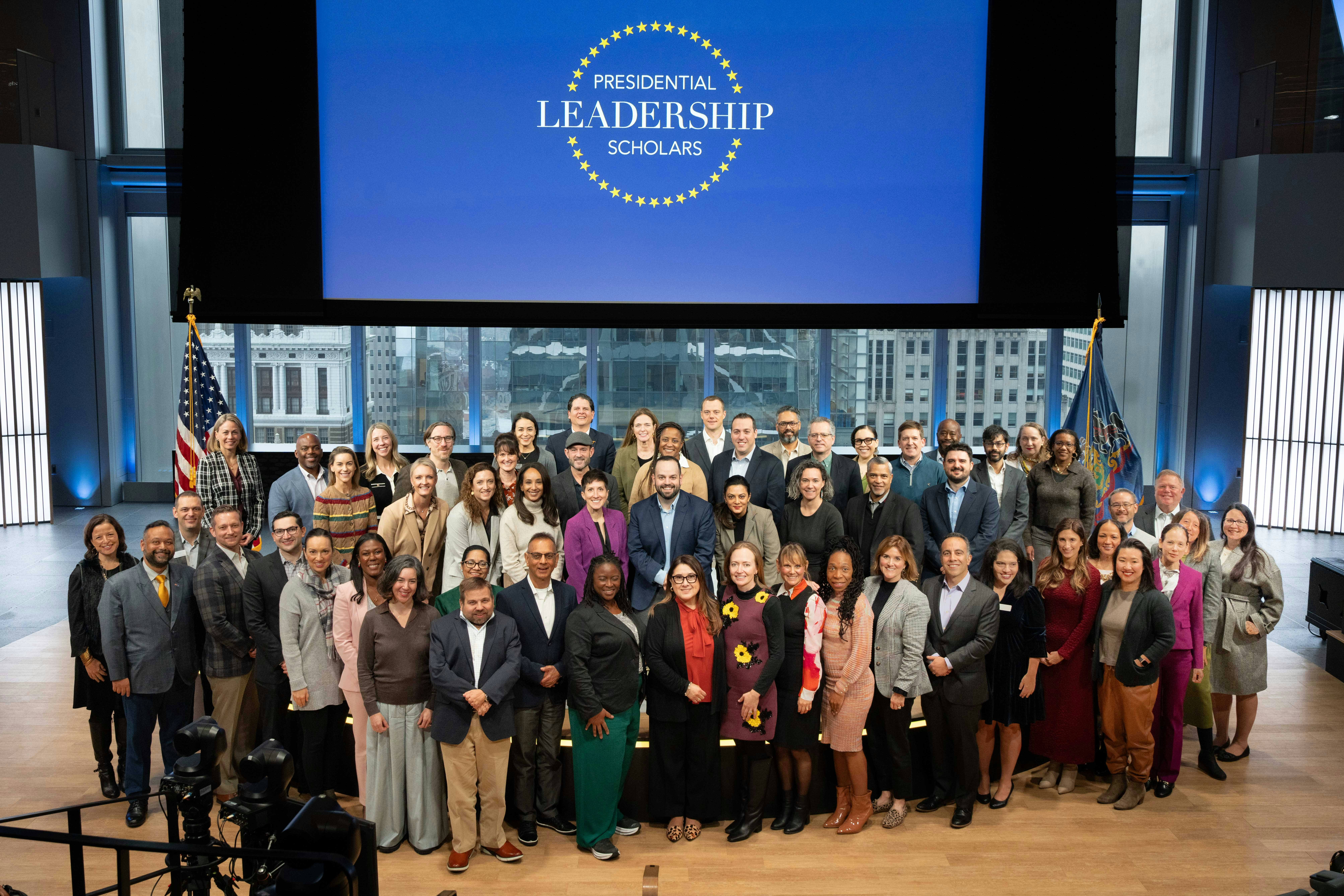Gallup reported in October 2024 that just 31% of Americans express confidence in radio, television, and newspapers to report the news fairly and accurately. That’s the lowest percentage since the organization started tracking trust in traditional journalism in the mid-1970s. What’s more, the mass media came in last of the 10 civic and political institutions the survey included.
There are numerous ways to earn back that trust, some of which I noted in this Catalyst article and others that I will discuss in future posts. For now, I want to concentrate on deepening the relationship between journalists and their readers, viewers, and listeners.
A 2022 Gallup/Knight Foundation study found that citizens express greater trust in news and information when they believe a news organization cares about them, reports with honest intentions, and is reliable. Such trust carries many benefits, not the least of which is helping people ferret out the information coming at them regularly and rapidly. “The more emotional trust in news, the more empowered Americans feel to navigate a complex information environment,” the report concluded.
“Knowledge-based” reporting is one way to deepen that connection, and to increase Americans’ ability to navigate a complex information environment. This approach focuses on journalists knowing the subject matter they are assigned to cover as much as how to report the traditional who, what, when, and where of a story. By combining those two skills, journalists can better serve their readers, viewers, and listeners with in-depth reporting. A journalist steeped in the intricacies of economics, for example, can help Americans understand how an interest rate cut might impact their lives.
Thomas Patterson, Bradlee Professor of Government and the Press at Harvard University’s John F. Kennedy School of Government, explores the need for more substantive reporting in his book, Informing the News: The Need for Knowledge-Based Journalism. Patterson contends that journalists with an expertise in a subject can become a go-to source for those searching for more depth about the news of the day. “Knowledge is a key to strengthening story context,” says Patterson.
This kind of journalism is especially important today. News flows to us by the moment, but what does all that information mean?
Before we go further, let me be clear: Knowledge-based journalism doesn’t imply forsaking objective reporting. Instead, it gives journalists greater ability to provide such reporting through explaining the various pros-and-cons of a topic.
Take the rise and fall of student achievement scores in a school district. A journalist who’s steeped in education policy can provide the who, what, when, and where of the latest education results while also supplying a substantive report about the reason for those scores.
By contrast, a journalist who lacks sufficient understanding of education policy will likely not provide a sense of what’s actually happening in schools or why it is occurring. “The why of reporting helps people to understand the significance of events,” Patterson writes.
A firm understanding of a subject protects reporters from sources manipulating them, too. “Without a working knowledge of the subject at hand,” Patterson writes, “journalists are also vulnerable to the experts from whom they seek information, quotes, and story leads.”
To be sure, media organizations do hire people for their expertise. Martin Baron, former editor of the Washington Post, said in this Pluralism Challenge essay that he hired a reporter who had grown up in an evangelical background so the Post could have more informed reporting about such a large section of Americans. Similarly, the New York Times hired David French as a columnist who could write with authority on matters of faith as well as on free speech issues, among other topics. And Dallas Morning News architecture critic Mark Lamster not only writes about Dallas’ built environment but amplifies his reporting and analysis through serving as the Loeb Fellow at the Harvard Graduate School of Design.
Still, media organizations traditionally have hired journalists for their ability to report the who, what, when, and where of a meeting or event. That skill is certainly important. In Patterson’s view, though, journalism schools should broaden the skills of emerging reporters through programs that help students grasp the “why” of a story.
During a recent interview, Patterson cited how some journalism schools have offered courses where, say, a national security expert co-teaches a course with a journalism professor. More opportunities, however, would help the profession and citizens alike.
As one example, partnering with business schools on courses that help prospective journalists understand financial or economic issues can give the public insight into complex issues like earnings reports. Jake Batsell, the William J. O’Neil Chair in Business Journalism at SMU, trains students majoring in business and journalism in such reporting. They dive deeply into earnings reports, financial statements, and even arcane subjects like the Generally Accepted Accounting Principles.
O’Neil, a SMU alum who founded Investor’s Business Daily, believed journalism students should have two years of economics so they can better evaluate, in his words, “Is this thing we’re hearing about sound or not?” (Acknowledgement: I also teach journalism at SMU, where my opinion writing classes explore subjects like homelessness as well as the mechanics of writing editorials and columns.)
For journalists already in the field, the Shorenstein Center on Media, Politics, and Public Policy at Harvard’s JFK School of Government, where Patterson teaches, helps them become more knowledgeable through the center’s Journalist’s Resource tool. The site provides tip sheets and explainers about how journalists can use academic studies and data in their reporting. It also explains the methods news organizations use in their in-depth examinations of a subject like immigration. This resource can particularly help news organizations that lack the resources to hire reporters with expertise.
There are other ways to deepen knowledge-based journalism, but the point here is that journalists can strengthen trust in their work by helping readers understand the “why” as much as the who, what, when, and where of a story. Equipping citizens with the means to better understand their world may then deepen that important connection between journalist and citizen.


























